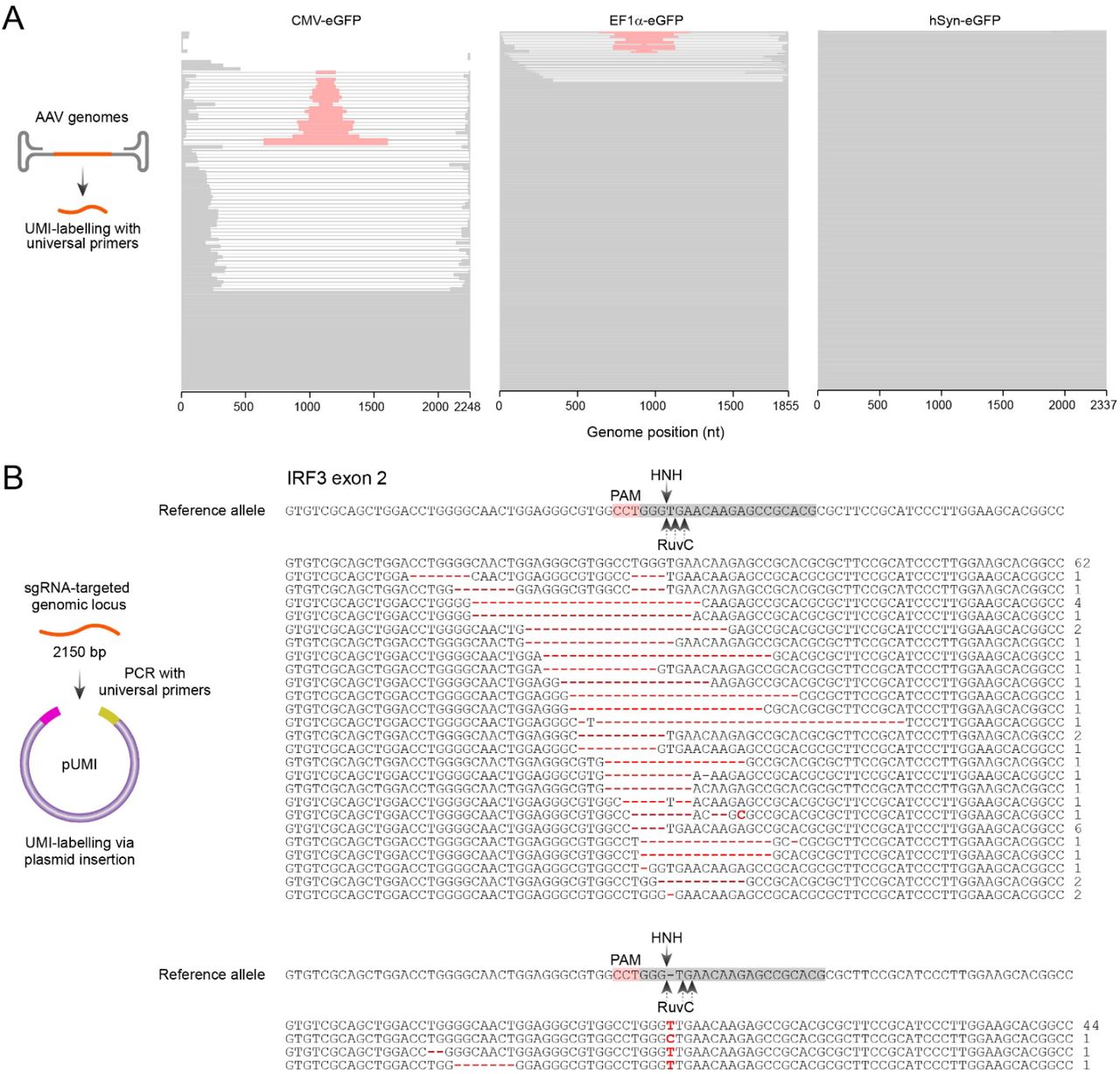
A group of scientists is starting a bold initiative to develop novel tools designed for synthesizing the human genome in the laboratory. Wellcome is financing the Synthetic Human Genome Project with £10 million, hoping it will lead to groundbreaking medical therapies.
This effort to assemble the complete genome, which contains three billion base pairs, is regarded as the ‘moonshot’ by Tom Ellis, a lead researcher on the project and synthetic chromosome specialist at Imperial College, London.
At first, the team will focus on synthesizing a small chromosome that accounts for roughly 2% of the human genome. During this process, they will also create tools for DNA design and insertion into human cells, promoting targeted therapies and enhanced drug screening methods.
‘If we’re making substantial advances in comprehending health through DNA reading and editing, then logically, writing should further our understanding,’ states Ellis. Standardizing techniques to construct complete genes or multiple gene regions could shed light on how gene mutations result in diseases.
Two teams involved in the project, from Imperial College and the University of Manchester, have expertise in synthesizing both the yeast genome and the Escherichia coli genome, which consists of four million base pairs. Ellis clarifies that, in theory, expanding to 50 million base pairs could be realized by increasing the workforce tenfold, despite practical hurdles.
In contrast to microbial genomes, human DNA is ‘more cluttered’, complicating synthesis due to repetitive sequences. These sequences often fulfill structural roles rather than informational ones, making synthesis and linkage more challenging, notes Ellis.
Unlike fast-growing microbes, human cells are resistant to large DNA fragments, often requiring weeks to determine success, Ellis adds.
The project will rely on commercial collaborators to synthesize DNA sequences. Currently, companies can chemically synthesize up to 300 bases at a time, which are then combined to reach 10,000 to 20,000 bases using bacterial cloning. ‘Innovation could greatly lessen efforts if chemistry can synthesize up to 20,000 bases or longer with high precision.’
As sections increase in length, screening accuracy and the isolation of correctly synthesized DNA become more expensive. Furthermore, chemicals for synthetic DNA might take up half of the project budget. ‘Our goal is to invest in innovation rather than just purchasing DNA, hence the necessity for cheaper, longer DNA,’ concludes Ellis.